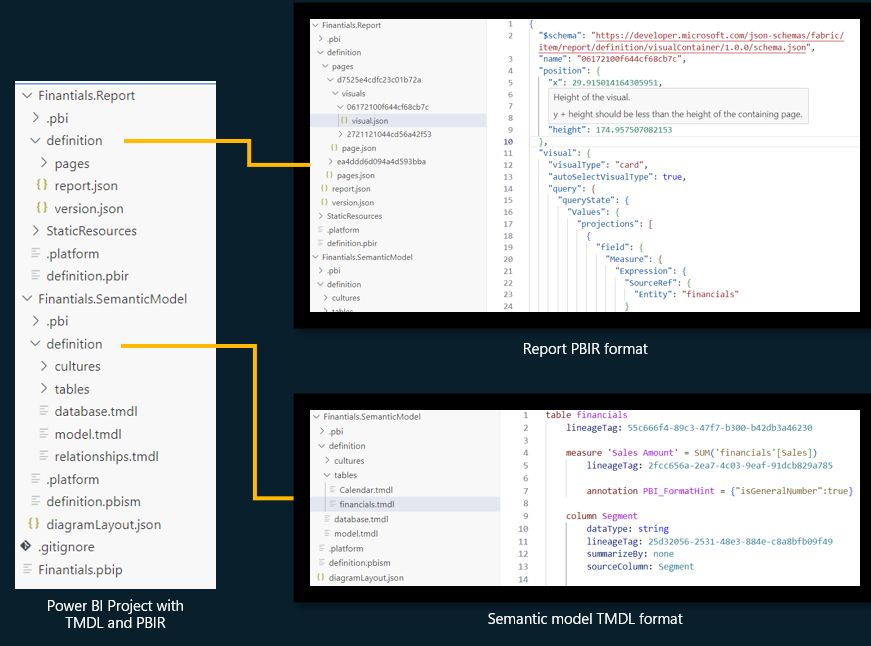

Innovation in Business Intelligence: What Happened at the 2024 Budapest BI Forum?
The importance of data-driven decision making has never been more pronounced than it is today. Data management, analysis and visualization have undergone a level of technological development that not only opens up new opportunities for professionals, but also makes data-driven operations simpler and more efficient for business actors.
The importance of data-driven decision making has never been more pronounced than it is today. Data management, analysis and visualization have undergone a level of technological development that not only opens up new opportunities for professionals, but also makes data-driven operations simpler and more efficient for business actors. A Budapest BI Forum 2024put these innovations in the spotlight, gathering in one place the latest experiences and innovations of domestic and international experts.
The program of this year's event was particularly rich: development tools supported by artificial intelligence, optimization of data modeling and unified data platforms were all topics of great interest. The presentations not only stood out for their technical depth, but also for demonstrating the business benefits of new solutions through practical examples. Below are three keynote presentations that shed light on different aspects of modern business intelligence — from Power BI development to VertiPaq optimization to the novelty of Microsoft Fabric.

The new PBIR format: Development with code and artificial intelligence
Introduction to the PBIR format
Mihály Kávási's presentation focused on the latest innovations in Power BI report development. Previously, aThe binary format of traditional Power BI files had significant limitations: there was no possibility of version tracking, collaboration between teams was cumbersome, and there were no automated development tools. In contrast, the new PBIR format radically renews development processes. PBIR allows us to treat Power BI files as a project structure that is much more suited to modern software development lifecycles.
Developer tools and integrations
The presentation showed how PBIR can be connected to the most popular developer tools such as Tabular Editor, DAX Studio, and Azure DevOps and GitHub Copilot integration. These tools allow automated documentation, thorough testing, and optimization of development processes. GitHub Copilot is particularly notable for its ability to generate snippets of code using artificial intelligence and support developers.
Challenges and future opportunities
Although the new format is promising, Mihály stressed that it should be used cautiously for the time being due to certain limitations. For example, larger files may experience instability, and creative reporting still requires a desktop or web version of Power BI. The final lesson of the presentation is that the PBIR format is primarily suitable for increasing the efficiency of development teams, but it is worth getting to know it thoroughly before fully implementing it.

VertiPaq: Power BI “brain & muscles”
Fundamentals of how VertiPaq works
Nikola Ilic's presentation started with the presentation of the internal engine of Power BI, Vertipaq. VertiPaq, as a column-based, in-memory database engine, is responsible for storing and processing data. It consists of two key components: Formula Engine, which performs the interpretation of business logic, and Storage Engine, which provides efficient retrieval of data. This consistency allows Power BI to handle large amounts of data quickly and reliably.
Data Model Optimization in Practice
The speaker detailed how the right data model design affects VertiPaq's performance. For example, it is important to remove unnecessary columns and rows, optimize the data type, and minimize the calculated columns. The presentation paid special attention to the fact that cardinality — the number of unique values in a column — has a significant impact on data compression and the speed of analyses.
Compression algorithms: Hash and RLE
The presentation discussed in technical depth the compression algorithms used by VertiPaq. Solutions such as hash encoding and Run-Length Encoding (RLE) allow data storage to be space-saving and efficient. The lecturer demonstrated through examples how the optimal compression method can be selected based on the structure of the data.

Microsoft Fabric and Copilot: Business Intelligence Powered by AI
Microsoft Fabric: Unified Data Platform
Tamás Polner's presentation focused on Microsoft Fabric's unified data platform, which integrates everything from data processing to data science to real-time analytics into one system. One of the biggest benefits of Fabric is that it supports data-driven decision making by simplifying collaboration between different data domains.
Possibilities of the Copilot function
Copilot, as a tool supported by artificial intelligence, transforms the user experience. The speaker showed how to give instructions in natural language to analyze data and create new reports. Copilot has the ability to create automatic summaries, generate relevant report pages, and even add new visualizations to existing reports. This feature not only makes data management faster, but also makes the possibility of data analysis more accessible to business users.
OneLake: Unified Data Storage
The presentation also introduced OneLake technology, which ensures that data is accessed from a central source across different platforms. This approach simplifies data storage and access processes while supporting multi-source data analysis.

What have we learned?
A common denominator of the presentations was how the rapid development of data-driven technologies can help make business processes faster and more efficient. PBIR format and development tools increase team productivity, VertiPaq optimization adds deeper technical knowledge for data modeling, while Microsoft Fabric and Copilot tools take data to a new level in business decision making. This knowledge allows us to implement faster, more transparent and effective solutions in their own processes.
Posted by:
Zsanett Májer and Róbert Pad
















